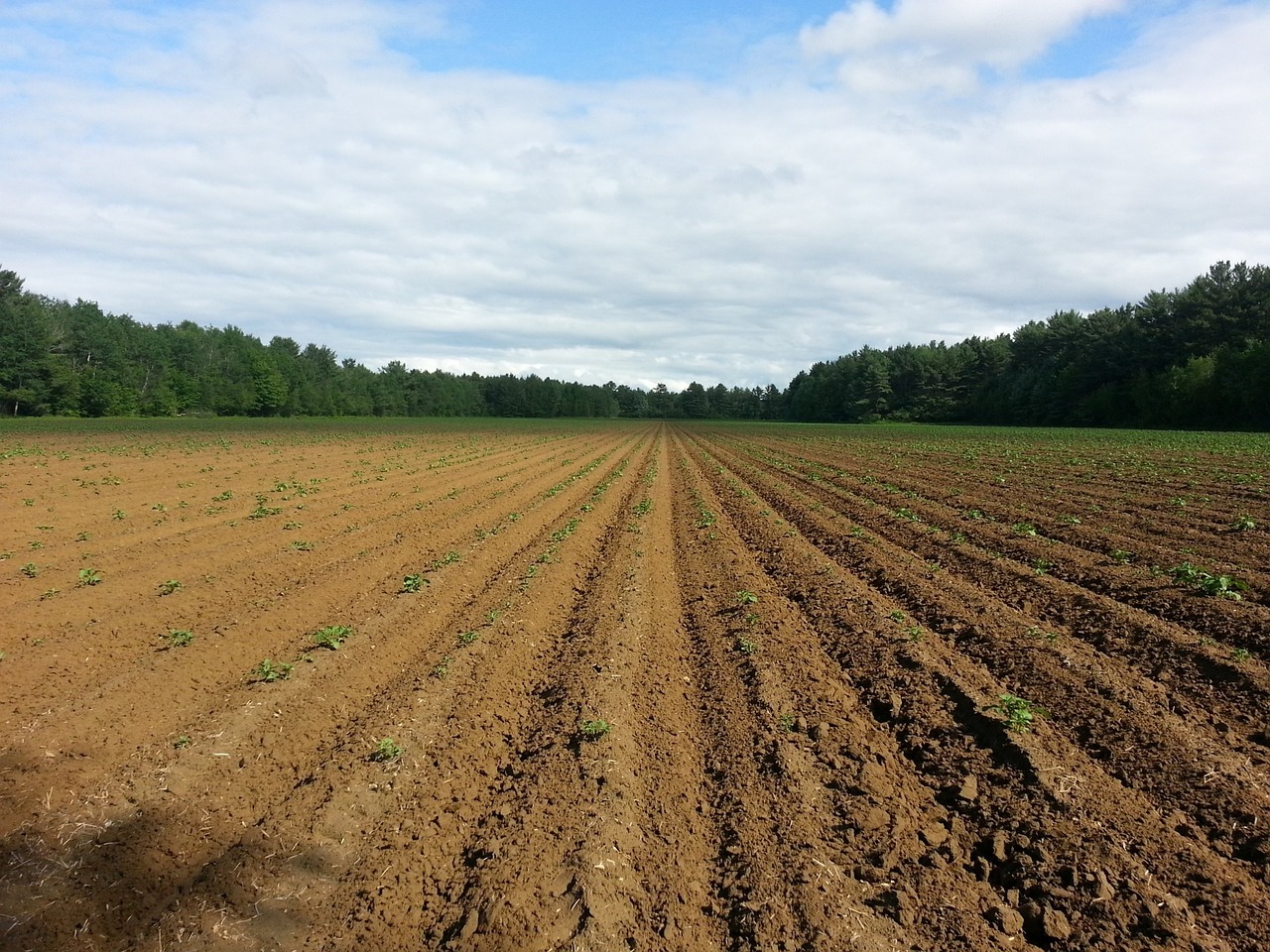
Soil and Sustainability (Grades 6-8)
Students are introduced to the Dust Bowl and determine how to avoid another event like it in the future as they study soil texture, particle sizes, soil nutrients, and pH.

Students are introduced to the Dust Bowl and determine how to avoid another event like it in the future as they study soil texture, particle sizes, soil nutrients, and pH.
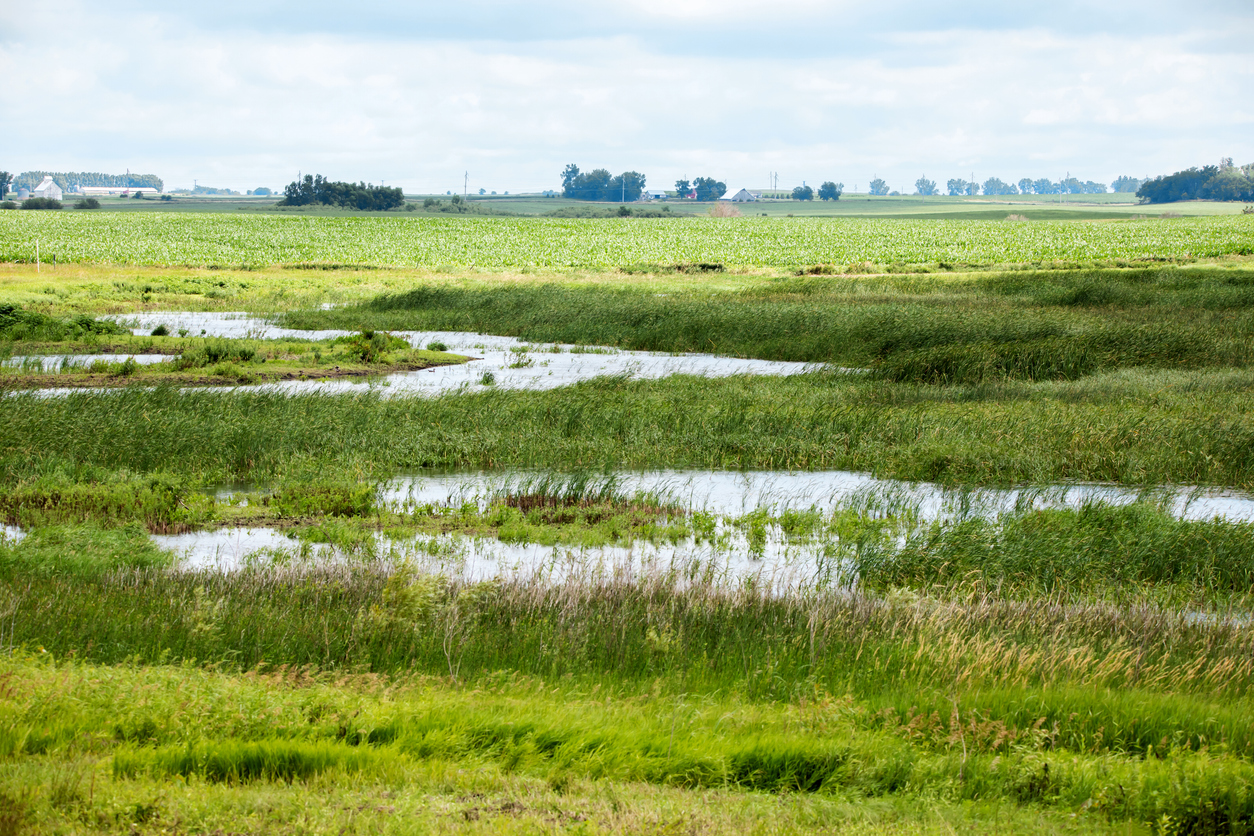
Students develop an understanding of what factors impact water quality within watersheds, what soil types/profiles are most susceptible to erosion, and what factors impact water quality within watersheds and how to mitigate erosion on susceptible soils.

Students investigate the importance of the Pony Express to the settlement and expansion of the American West by mapping Pony Express stations.

Students investigate the effects of added soil nutrients on water quality, perform chemical and physical tests on water samples, collect and identify macroinvertebrates from a freshwater system and compare physical, chemical and biological factors of an aquatic ecosystem to determine water health.
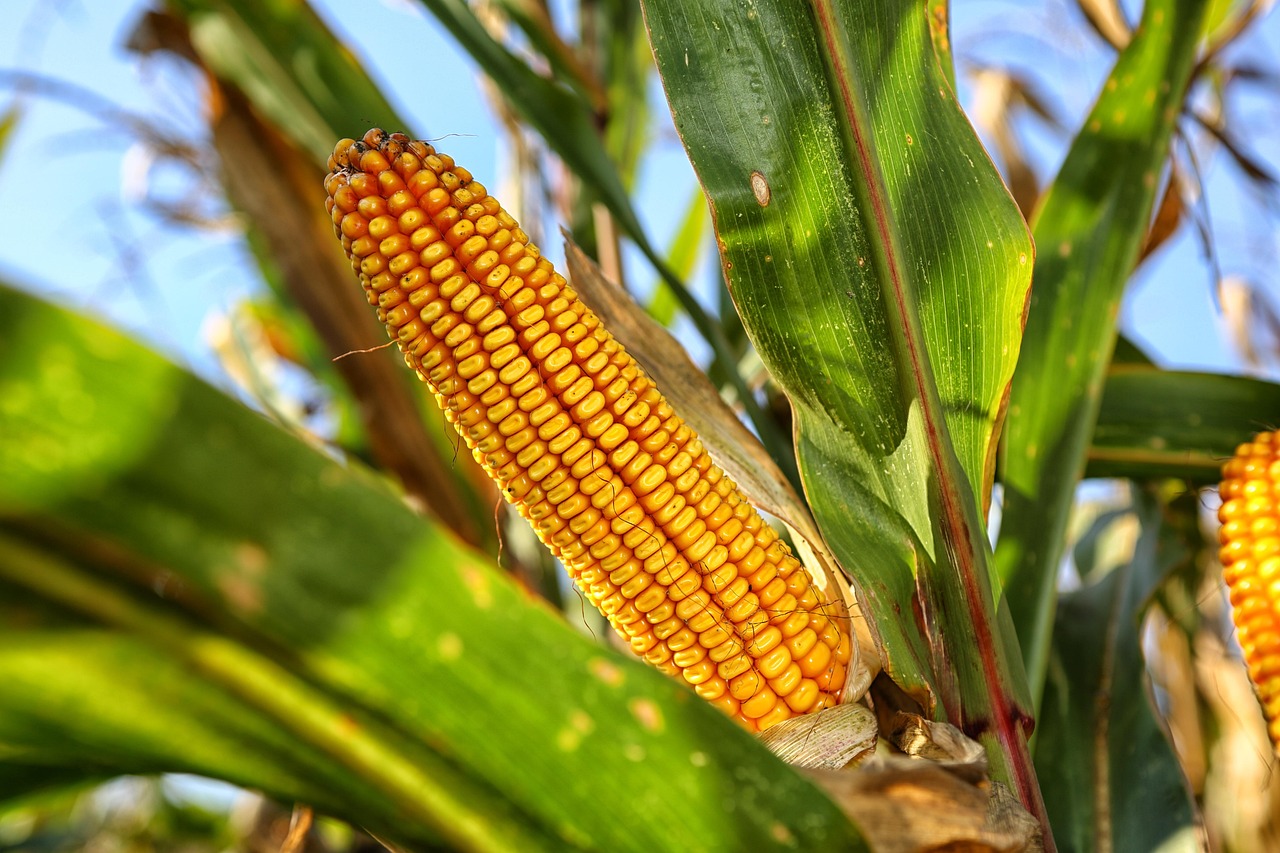
Students determine corn anatomy and function of plant parts, identify stages of plant development in corn, and research how temperature plays a role in corn growth as they calculate growing degree units (GDUs) for a region.
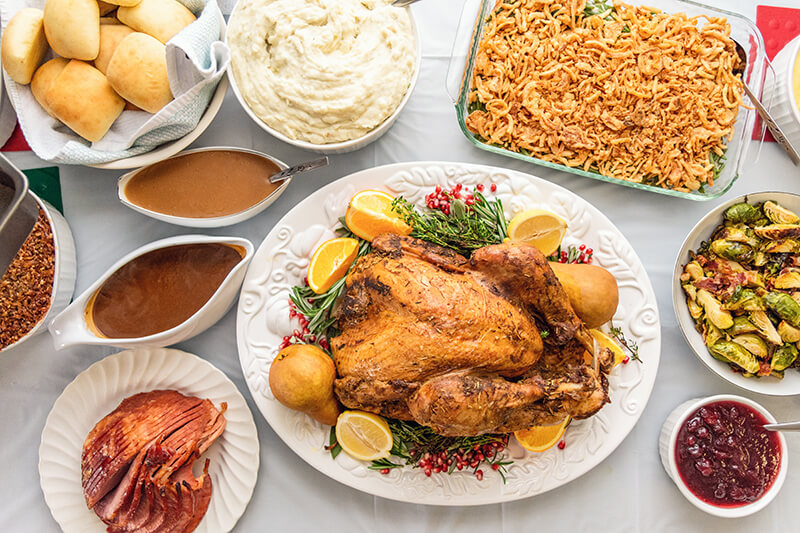
Identify common Thanksgiving foods and their farm source, determine if those foods can be produced locally, and locate the common origins of their Thanksgiving day dinner.

Explore photosynthesis to discover how plants obtain energy from the sun and then continue following energy's path to see how energy can flow through ecosystems to ultimately provide food for humans.
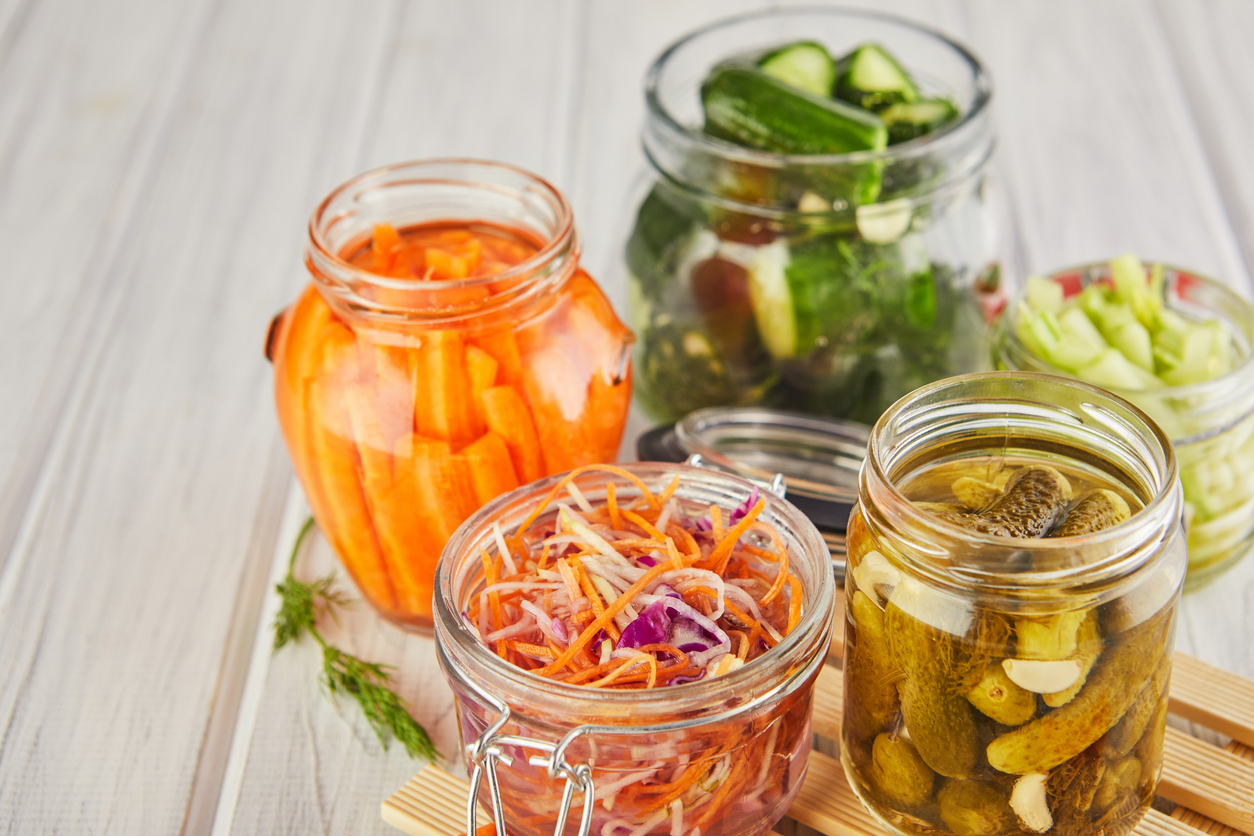
Students will explore and observe microorganisms at work in decomposition as well as in the production and preservation of food. Activities include creating a "decay buffet" and identifying grocery store foods that contain or are made with the help of microorganisms.
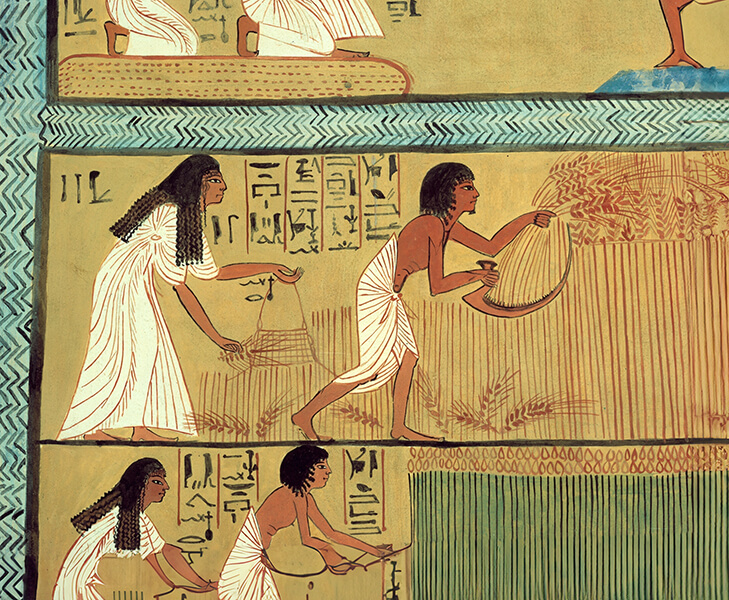
Students will explore the importance of wheat in the development of culture by learning about the advent of agriculture, discussing wheat cultivation in ancient Egypt, threshing a head of wheat with their hands, and making a corn dolly out of wheat stems.

This lesson highlights awareness of consuming nutrients and calories away from home, and where to find the calorie and nutrition information for foods available in fast food restaurants. It also highlights how to determine individual calorie needs, as well as the number of calories in a typical fast food meal, and it focuses on dietary goals for saturated fat and sodium.
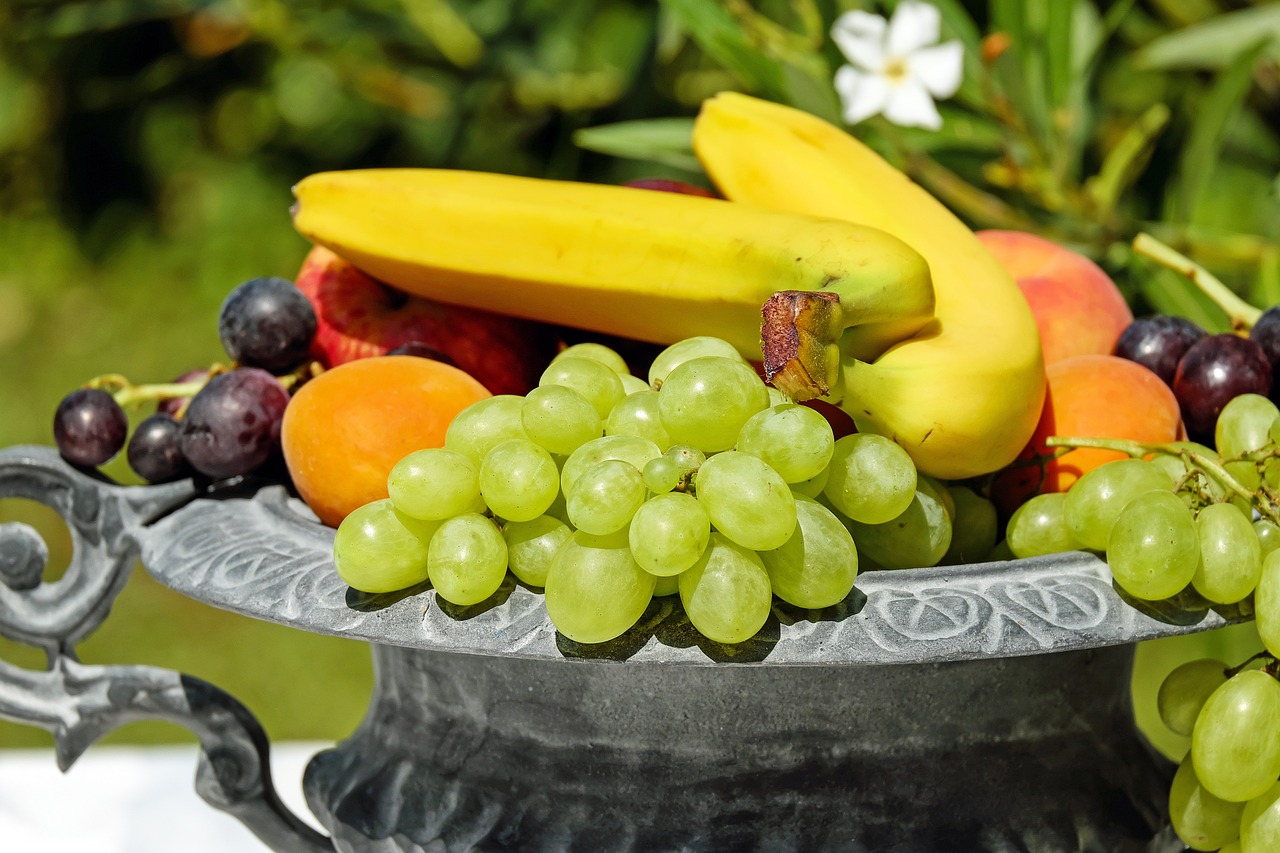
Students will learn the concept of enzymatic browning and methods for decreasing enzymatic oxidation by observing three types of fruit. Students will also understand the relationship between oxidation and antioxidants and the role fruits play in health and nutrition.
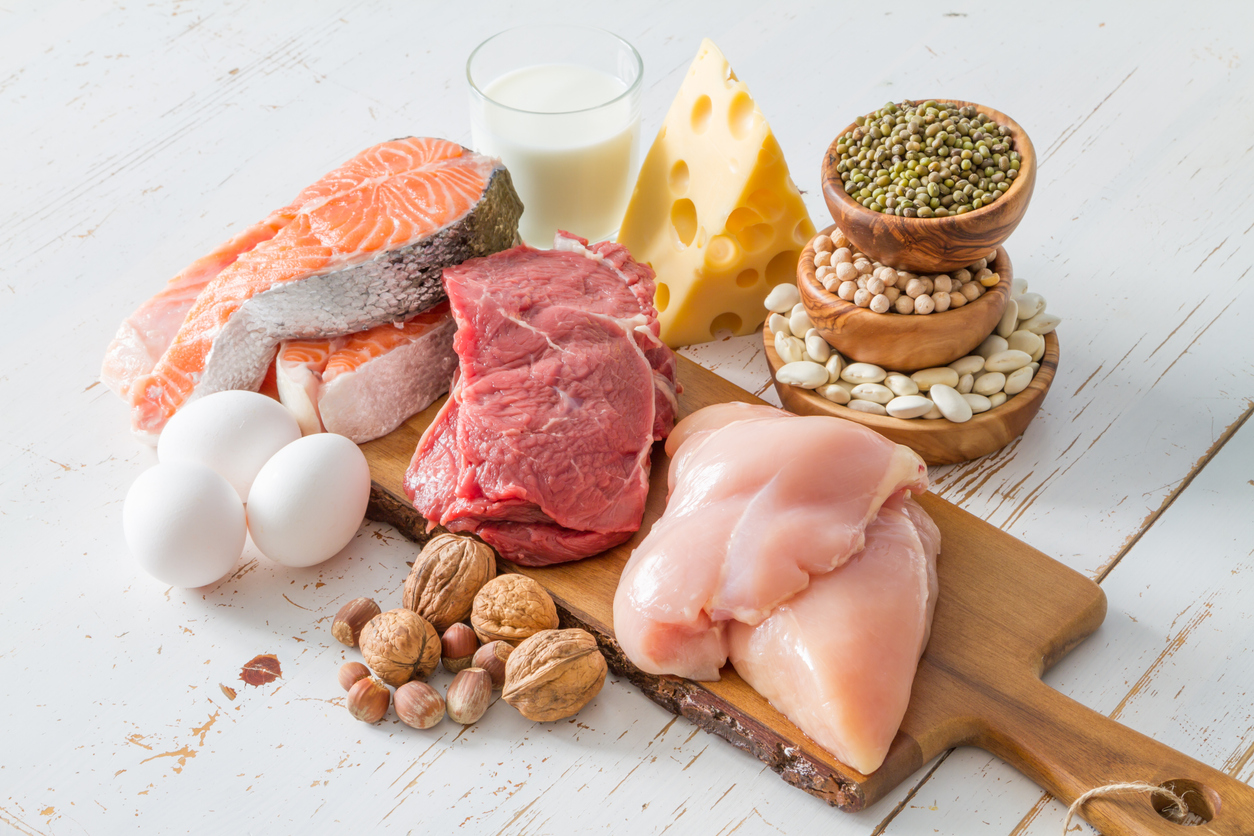
Students will examine dietary sources of protein and generally understand the relationship between protein synthesis and amino acids while completing an activity to use beads as a representation of amino acids to construct proteins (polypeptide chains). Students will identify complete and/or incomplete proteins found in both animal and plant food sources.